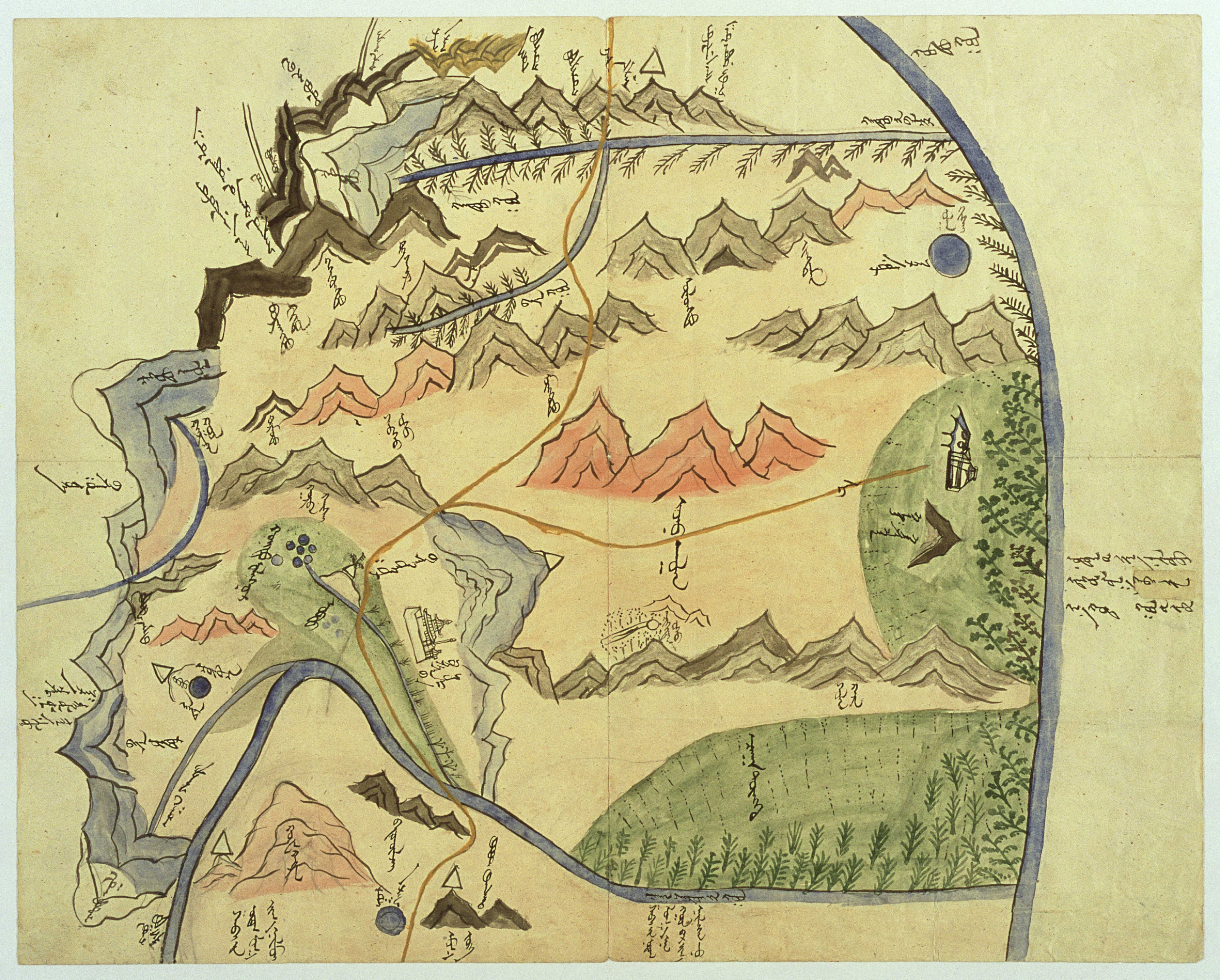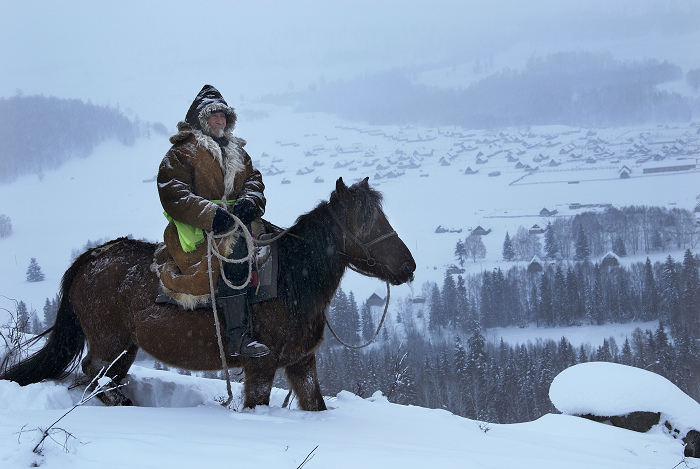Uriyangkhai on:
[Wikipedia]
[Google]
[Amazon]



 Uriankhai ( traditional Mongolian: , Mongolian Cyrillic: урианхай; sah, урааҥхай; zh, t=烏梁海, s=乌梁海, p=Wūliánghǎi), Uriankhan (, урианхан) or Uriankhat (, урианхад), is a term of address applied by the Mongols to a group of forest peoples of the North, who include the
Uriankhai ( traditional Mongolian: , Mongolian Cyrillic: урианхай; sah, урааҥхай; zh, t=烏梁海, s=乌梁海, p=Wūliánghǎi), Uriankhan (, урианхан) or Uriankhat (, урианхад), is a term of address applied by the Mongols to a group of forest peoples of the North, who include the



 Uriankhai ( traditional Mongolian: , Mongolian Cyrillic: урианхай; sah, урааҥхай; zh, t=烏梁海, s=乌梁海, p=Wūliánghǎi), Uriankhan (, урианхан) or Uriankhat (, урианхад), is a term of address applied by the Mongols to a group of forest peoples of the North, who include the
Uriankhai ( traditional Mongolian: , Mongolian Cyrillic: урианхай; sah, урааҥхай; zh, t=烏梁海, s=乌梁海, p=Wūliánghǎi), Uriankhan (, урианхан) or Uriankhat (, урианхад), is a term of address applied by the Mongols to a group of forest peoples of the North, who include the Turkic
Turkic may refer to:
* anything related to the country of Turkey
* Turkic languages, a language family of at least thirty-five documented languages
** Turkic alphabets (disambiguation)
** Turkish language, the most widely spoken Turkic language
* ...
-speaking Tuvans and Yakuts, while sometimes it is also applied to the Mongolian-speaking Altai Uriankhai. The Uriankhai included the western forest Uriankhai tribe and the transbaikal Uriankhai tribe, with the former recorded in Chinese sources as 兀良哈 ( pinyin: ''Wùliánghā'').
History
The name "Uriankhai' means "uria" (motto, war motto) andkhan
Khan may refer to:
*Khan (inn), from Persian, a caravanserai or resting-place for a travelling caravan
*Khan (surname), including a list of people with the name
*Khan (title), a royal title for a ruler in Mongol and Turkic languages and used by ...
(lord) in Mongolian. The Mongols applied the name to all the forest peoples and, later, to Tuvans. They were classified by the Mongols as Darligin Mongols.
At the beginning of the Mongol Empire
The Mongol Empire of the 13th and 14th centuries was the largest contiguous land empire in history. Originating in present-day Mongolia in East Asia, the Mongol Empire at its height stretched from the Sea of Japan to parts of Eastern Europe, ...
(1206-1368), the Uriankhai were located in central Mongolia.
In 13th century Yuan China
The Yuan dynasty (), officially the Great Yuan (; xng, , , literally "Great Yuan State"), was a Mongol-led imperial dynasty of China and a successor state to the Mongol Empire after its division. It was established by Kublai, the fifth ...
, Rashid-al-Din Hamadani described the Forest Uriyankhai as extremely isolated Siberian forest people living in birch bark tents and hunting on skis. Despite the similarity in name to the famous Uriyankhan clan of the Mongols, Rashid states that they had no connection.C.P.Atwood ''Encyclopedia of Mongolia and the Mongol Empire'', 2004 p.9 During the Ming dynasty, the Jurchens were known among the Chinese as "forest people" (using the Jurchen word, ''Woji''), and this connotation later transferred to the Chinese rendering of Uriankhai, ''Wulianghai''.
In the mid-14th century, they lived in Liaoyang in Northeast China. In 1375, Naghachu Naghachu ( mn, Naγaču, script=Latn; ; d. 1388), also written as Nahacu, was an ethnic Mongol leader and general of the Northern Yuan in Manchuria, which was under Liaoyang province of the former Yuan dynasty. Originally a Yuan official, he had wo ...
, Uriankhai leader of the Mongol-led Northern Yuan dynasty in Liaoyang, invaded the Liaodong Peninsula to restore the Mongols to power. Although he continued to hold southern Manchuria, the Ming military campaign against Naghachu ended with his surrender in 1388. After the rebellion of the northern Uriankhai people, they were conquered by Dayan Khan in 1538 and mostly annexed by the northern Khalkha. Batmunkh Dayan Khan dissolved Uriankhai tumen.
The second group of Uriankhai (Uriankhai of the Khentii Mountains) lived in central Mongolia and they started moving to the Altai Mountains
The Altai Mountains (), also spelled Altay Mountains, are a mountain range in Central Asia, Central and East Asia, where Russia, China, Mongolia and Kazakhstan converge, and where the rivers Irtysh and Ob River, Ob have their headwaters. The m ...
in the beginning of the 16th century. Some groups migrated from the Khentii Mountains to Khövsgöl Province
Khövsgöl ( mn, Хөвсгөл) is the northernmost of the 21 aimags (provinces) of Mongolia. The name is derived from Lake Khövsgöl.
Geography and history
The round-topped Tarvagatai, Bulnain and Erchim sub-ranges of the Khangai massif dom ...
during the course of the Northern Yuan dynasty (1368-1635).
By the early 17th century the term Uriankhai was a general Mongolian term for all the dispersed bands to the northwest, whether Samoyedic, Turkic, or Mongol in origin. In 1757 the Qing dynasty organized its far northern frontier into a series of Uriankhai banners: the Khövsgöl Nuur Khövsgöl may refer to several locations in Mongolia:
*Lake Khövsgöl
*Khövsgöl Province
Khövsgöl ( mn, Хөвсгөл) is the northernmost of the 21 aimags (provinces) of Mongolia. The name is derived from Lake Khövsgöl.
Geography and ...
Uriankhai, Tannu Uriankhai
Tannu Uriankhai ( tyv, Таңды Урянхай, ; mn, Тагна Урианхай, Tagna Urianhai, ; ) is a historical region of the Mongol Empire (and its principal successor, the Yuan dynasty) and, later, the Qing dynasty. The territory of ...
; Kemchik, Salchak, and Tozhu (all Tuvans); and Altai people. Tuvans in Mongolia are called Monchoogo Uriankhai (cf. Tuvan ''Monchak'' < Kazakh
Kazakh, Qazaq or Kazakhstani may refer to:
* Someone or something related to Kazakhstan
*Kazakhs, an ethnic group
*Kazakh language
*The Kazakh Khanate
* Kazakh cuisine
* Qazakh Rayon, Azerbaijan
*Qazax, Azerbaijan
*Kazakh Uyezd, administrative dis ...
''monshak'' "necklace") by Mongolians. Another group of Uriankhai in Mongolia (in Bayan-Ölgii and Khovd Provinces) are called Altai Uriankhai. These were apparently attached to the Oirats
Oirats ( mn, Ойрад, ''Oirad'', or , Oird; xal-RU, Өөрд; zh, 瓦剌; in the past, also Eleuths) are the westernmost group of the Mongols whose ancestral home is in the Altai region of Siberia, Xinjiang and western Mongolia.
Histor ...
. A third group of Mongolian Uriankhai were one of the 6 tumens of Dayan Khan in Eastern Mongolia. These last two Uriankhai groups are said to be descendants of the Uriankhan tribe from which came Jelme and his more famous cousin Subutai
Subutai (Classical Mongolian: ''Sübügätäi'' or ''Sübü'ätäi''; Modern Mongolian: Сүбээдэй, ''Sübeedei''. ; ; c. 1175–1248) was a Mongol general and the primary military strategist of Genghis Khan and Ögedei Khan. He directed m ...
. The clan names of the Altai Uriankhai, Khövsgöl Nuur Uriankhai and Tuvans are different. There are no Turkic or Samoyedic clans among the Altai or Khövsgöl Uriankhais.
A variation of the name, Uraŋxai Sakha, was an old name for the Yakuts. Russian Pavel Nebolsin documented the ''Urankhu'' clan of Volga Kalmyks
The Kalmyks ( Kalmyk: Хальмгуд, ''Xaľmgud'', Mongolian: Халимагууд, ''Halimaguud''; russian: Калмыки, translit=Kalmyki, archaically anglicised as ''Calmucks'') are a Mongolic ethnic group living mainly in Russia, w ...
in the 1850s. The existence of the Uriankhai was documented by the Koreans, who called them by the borrowed name Orangkae (, "savages"), especially in context of their attacks against the Siniticized world in the 14th and 15th centuries.
Some Uriankhais still live in the Khentii Mountains.
The Taowen, Huligai, and Wodolian Jurchen tribes lived in the area of Heilongjiang in Yilan during the Yuan dynasty when it was part of Liaoyang province and governed as a circuit. These tribes became the Jianzhou Jurchens in the Ming dynasty and the Taowen and Wodolian were mostly real Jurchens. In the Jin dynasty, the Jin Jurchens did not regard themselves as the same ethnicity as the Hurka people who became the Huligai. Uriangqa was used as a name in the 1300s by Jurchen migrants in Korea from Ilantumen because the Uriangqa influenced the people at Ilantumen. Bokujiang, Tuowulian, Woduolian, Huligai, Taowan separately made up 10,000 households and were the divisions used by the Yuan dynasty to govern the people along the Wusuli river and Songhua area.
Notable people
*Aju
Aju (or Achu; Khalkha Mongolian: ; ) (1227–1287) was a general and chancellor of the Mongol Empire and the Yuan dynasty. He was from the Jarchud clan of the Mongol Uriankhai. His father was Yuan dynasty general Uriyangkhadai and his grandfather ...
* Jelme
*Naghachu Naghachu ( mn, Naγaču, script=Latn; ; d. 1388), also written as Nahacu, was an ethnic Mongol leader and general of the Northern Yuan in Manchuria, which was under Liaoyang province of the former Yuan dynasty. Originally a Yuan official, he had wo ...
*Subutai
Subutai (Classical Mongolian: ''Sübügätäi'' or ''Sübü'ätäi''; Modern Mongolian: Сүбээдэй, ''Sübeedei''. ; ; c. 1175–1248) was a Mongol general and the primary military strategist of Genghis Khan and Ögedei Khan. He directed m ...
*Uriyangkhadai
Uriyangkhadai ( Modern Mongolian: Mongolian Cyrillic: Урианхадай, , , – ) was an Uriankhai general in the Mongol Empire who led several campaigns during the 13th century Mongol conquest of the Song dynasty, including the first Mongo ...
Notes